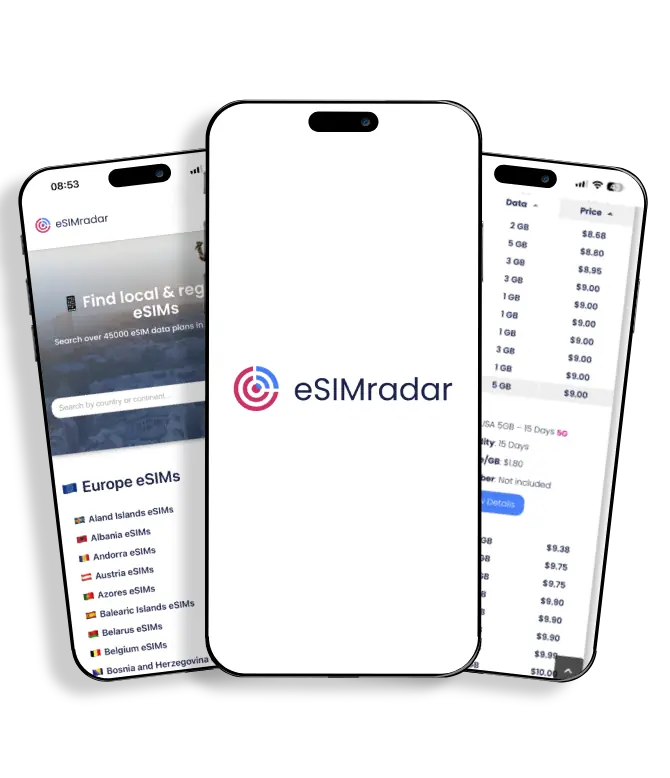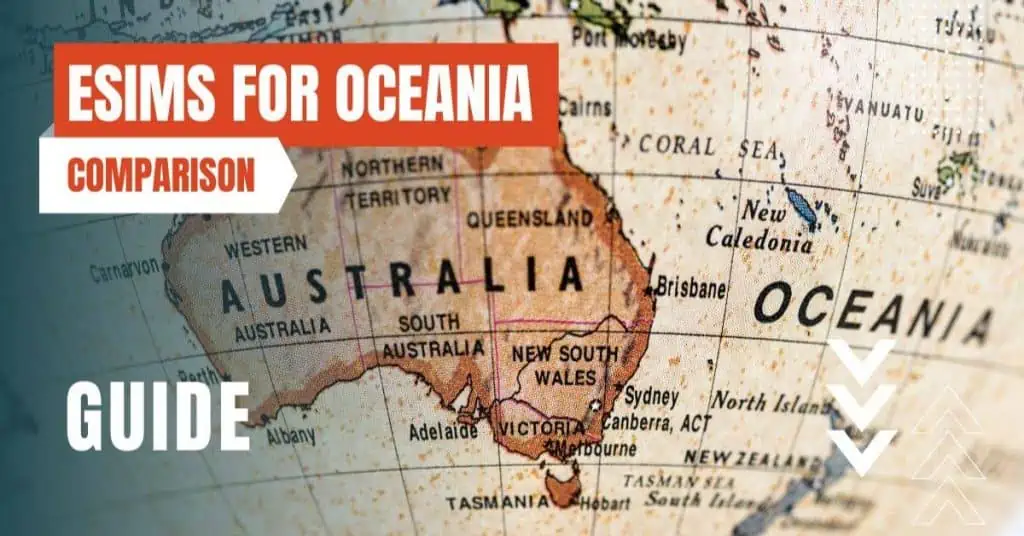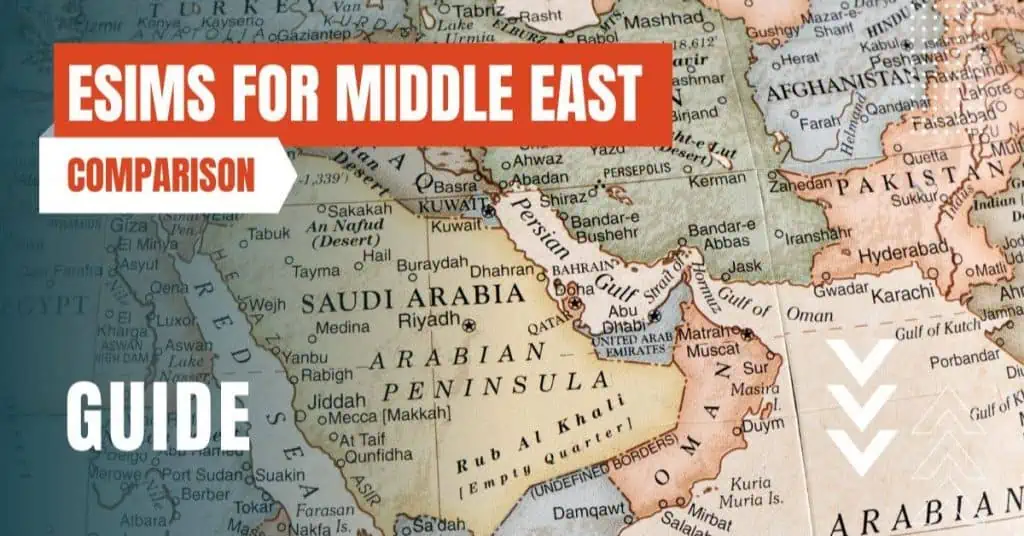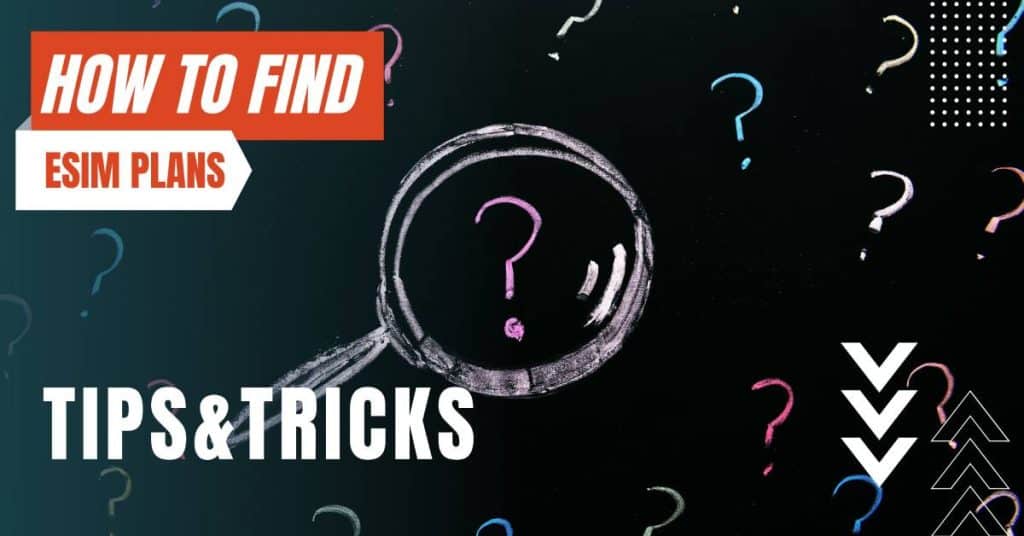All of the products and services we feature are chosen independently. If you click through links we provide, we may earn a commission. Learn more
Written by: Emily Chen
What Is Data Throttling
- Updated: September 30, 2023 | Published:
In the ever-evolving landscape of telecommunications, there are few terms as misunderstood as “data throttling” (also known as “internet throttling” or “bandwidth throttling”).
As we continue to consume more data with the proliferation of smartphones, streaming services, and other internet-dependent technologies, understanding this concept becomes increasingly important.
In this article, we will delve deeper into the world of data throttling, shedding light on its intricacies, its implications, and how it shapes our digital experiences.
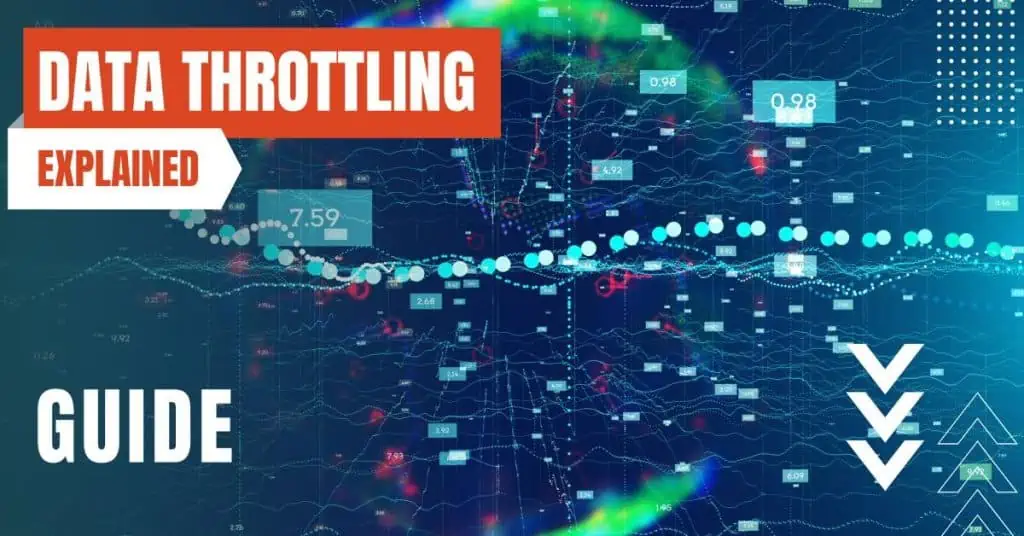
The Basics: Understanding Data Throttling
At its core, data throttling is the intentional slowing down of internet speed by an Internet Service Provider (ISP) or mobile network provider. Imagine cruising on a highway at a comfortable speed, only to find that your car can’t go above a certain speed limit.
Not because there’s a mechanical issue with your vehicle, but because an external force has imposed this limit. That’s data throttling in a nutshell.
This practice is typically implemented once a user has reached a certain data limit within a billing cycle.
For instance, if your mobile data plan offers 5GB of high-speed data per month, once you’ve consumed that amount, your provider might throttle your data speed for the remainder of the billing cycle.
This means that while you can still access the internet, the speed at which you can browse, stream, or download may be significantly reduced.
The Mechanics Behind Data Throttling
Data throttling is not a random or arbitrary process. It’s a calculated move by ISPs and mobile network providers, often triggered by specific conditions. The most common trigger is when a user reaches their data limit.
However, some providers may also throttle data during peak usage times to prevent network congestion. This is often referred to as “peak-time throttling” or “time-based throttling”.
Why Do Providers Throttle Data?
There are several reasons why ISPs and mobile network providers resort to data throttling. One of the primary reasons is network congestion. In an era where streaming high-definition videos, online gaming, and real-time video conferencing are commonplace, data usage can skyrocket, potentially overloading the network.
By throttling the data of heavy users, providers can ensure a more stable connection for all users.
Another reason is resource management. Contrary to popular belief, data isn’t infinite. Providers have to manage their resources judiciously to ensure that all customers get a fair share. This is especially true for mobile network providers who have to deal with more constraints compared to ISPs.
Lastly, data throttling can also be a business strategy. By offering different tiers of data plans, providers can incentivize users to upgrade to more expensive plans if they want more high-speed data.
The Impact of Data Throttling
Data throttling can significantly impact your internet experience. When your data is being throttled, you might experience slower loading times, buffering when streaming videos, difficulty in downloading or uploading large files, and lag in online gaming.
It’s important to note that while data throttling can be frustrating, it’s a legal practice and most providers mention it in their terms of service.
How to Deal with Data Throttling
There are several strategies to mitigate the effects of data throttling. One is to monitor your data usage and try to stay within your plan’s limit. Most smartphones and operating systems provide tools to track your data consumption.
You can also try using Wi-Fi whenever possible to save on mobile data. If you’re frequently hitting your data cap, it might be worth considering upgrading your plan or switching to a provider with a higher data limit.
Another strategy is to use a Virtual Private Network (VPN). A VPN can help mask your online activities and data consumption from your ISP, making it harder for them to throttle your data based on usage.
However, it’s important to note that using a VPN might not always work as some providers have measures in place to detect and throttle VPN traffic.
The Future of Data Throttling
As we move towards a more connected future with the advent of technologies like 5G and the Internet of Things (IoT), the issue of data throttling is likely to remain relevant.
Providers will continue to grapple with the challenge of managing network resources while meeting the growing data demands of consumers.
Furthermore, the debate around net neutrality also has implications for data throttling. Net neutrality is the principle that all internet traffic should be treated equally, without any discrimination or preference given to certain types of content.
If net neutrality laws are enforced, they could potentially limit the ability of ISPs to throttle data.
Data throttling is a complex issue that sits at the intersection of technology, business, and policy. While it can be a source of frustration for users, it’s a crucial tool for providers to manage network resources.
By understanding what data throttling is and how it works, consumers can make more informed decisions about their internet usage and choose the data plan that best suits their needs.
By entering your email & signing up, you agree to receive promotional emails on eSIMs and insider tips. You can unsubscribe or withdraw your consent at any time.

About The Author
Spread the Word, Share the Joy
Compare eSIMs
Why keep the secret to yourself? Spread the joy of eSIMradar and let everyone in on the eSIM experience!

Easy eSIM Comparison for Your Needs
Simplifying your search! Easily compare eSIM plans tailored to your specific needs

Coverage in 210+ Countries
Benefit from our extensive eSIM comparison with 30+ providers in over 210 destinations.

Save money without second-guessing
Our platform helps you maximize value, ensuring competitive prices.

Enjoy Hassle-Free Travel Abroad
Whether you’re on holiday or a business trip abroad, stay connected with ease and focus on enjoying your experiences,
Find Your Perfect eSIM & Exclusive Deals!
Find your ideal eSIM effortlessly and stay connected in style wherever your adventures take you! Get exclusive deals and discounts at your fingertips, ensuring you get connected for less on your travels!
